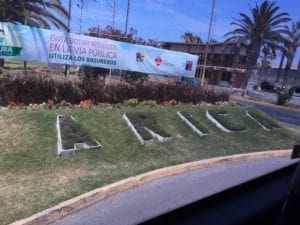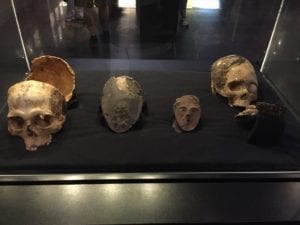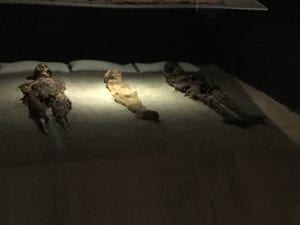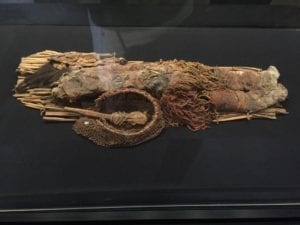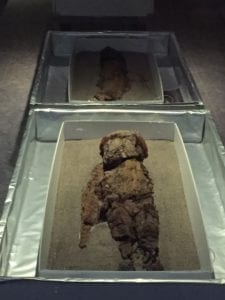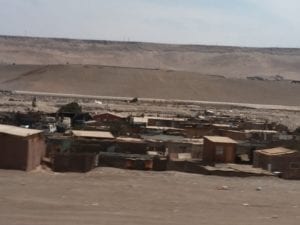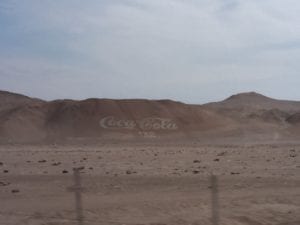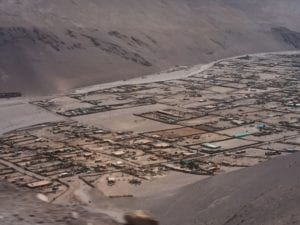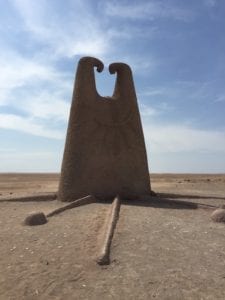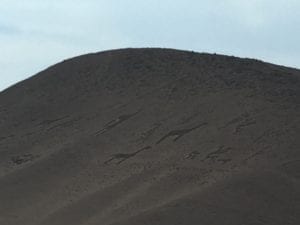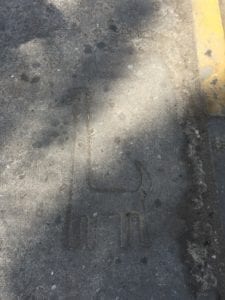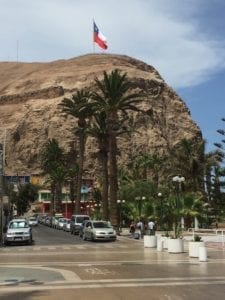January 08, 2016
Today we are going to see the most iconic manmade wonders in and around Arica, many of them pre-Inca, including the world’s oldest mummies and giant geoglyphs in the barren Atacama Desert, which is the driest in the world.
The first stop on tour was just outside the city limits, where we visited the San Miguel de Azapa Archaeological Museum. Exhibits reveal the intricacies of several ancient cultures and include mummies that predate the ones in Egypt by more than 3,000 years. Other displays showed how the semi-nomadic Chinchorro people lived along the coast and in the desert. Still, the geoglyphs are the most impressive sights in the remote desert. The giant, unique and geometric works of art were created by Indians scratching the salty surface of the brightly colored rocks and even using primitive paints.
Next, we drove south on the Pan-American road to the middle of the desert and Pampa Chaca, where Diaz Fleming, one of the greatest sculptors in Chile, has created the impressive Tutelar Figures as an homage to the Andean people. Rising out of the desert sands, they depict sacred symbols of the indigenous Aymara people. We also were treated to a show with native dancing.
Our last stop on today’s tour is Colon Square, one of Arica’s most popular spots. Its architectural highlight is the pink-and-white Church of San Marcos. The famed French architect and structural engineer Gustave Eiffel designed the church, which aside from the wooden doors, is constructed entirely of metal. Now more than 125 years after its construction, it has been deemed a Chilean national monument.
Follow us on our journey the next destination is Lima/Machu Picchu, Peru.
